What are convict love tokens?
A convict love token is a coin that some convicts gave to their loved ones before they were transported to New South Wales.
When a person was transported, they were separated from their family and friends. This was an upsetting experience for everyone affected.
Convicts could be sentenced to transportation for:
- 7 years
- 14 years
- ‘Life’
Because Australia is 15,000km from England and travel by ship was expensive, most convicts never returned home even if they finished their sentence.
Love tokens often included dates, names and decorative patterns. Some had pictures drawn on them as well.
Some were very detailed and others were simple. Check out this short video too see some up close.
Saying goodbye
Each love token is different and symbolises the emotion of being separated from family, friends and a community. In this painting, you can see a husband passing his wife a love token as he says goodbye.
How do you think the couple in the painting below are feeling?
Why are convict love tokens important?
We know a lot about the convicts transported to NSW from government records, log-books, ship lists and official reports.
But these sources tell us the official perspective:
- who was transported
- where they went
- how long they were to remain
- and if they were well-behaved in NSW.
Convict love tokens give us a personal perspective – that of the convict.
They are hand-made, and were passed from one person to another during a time of sadness. Love tokens represent the heartbreak of being separated from family and friends.
Only a few hundred survive today, so they are significant historical objects.
What coins did convicts use and how did they make them?
Convicts would have used different types of copper coins to make their love tokens. First, they would have smoothed the coin's surface, removing any words or pictures it had.
Copper is a soft metal, so smoothing the surface was not too hard.
Below are two examples of different coins a convict might have used, they are:
- 1797 cartwheel penny - diameter 3.6cm
- 1827 half-penny - 2.8cm
Because the cartwheel penny is a larger coin, it gave the convict more room to engrave a message or picture.
Once the coin had been smoothed a sharp tool was used to engrave, or stipple (using lots of small dots), whatever they wanted.
They might include some, or all, of these:
- a name or names
- initials
- dates
- their punishment
- a picture
Some convicts paid to have their love tokens made for them by ‘professionals’ – convicts who were skilled artists, silversmiths or metal workers. Other convicts made their own.
By making a love token the convicts were actually destroying a British coin.
That was illegal, so convicts were breaking the law in order to create a personal memento before they were sent away.
Types of coins used to make love tokens
Different examples of convict love tokens
Creative arts activity
Now that you have investigated convict love tokens, use what you have learnt to create your own love token for a person, or people, that you care about.
Your love token does not need to be about loss or separation.
It can be a way to express love, gratitude or other feelings toward the person, or people, you're making it for.
First step
Measure and cut out a cardboard disc 10-15cm in diameter.
TIP - using a range of coloured cardboard is encouraged, so that the students' base materials are varied.
Next steps
Think about the following:
How will you design and decorate your token to communicate how you feel?
- Side A: What will you write?
- Side B: What artwork/s will you do?
Decoration – how will you decorate it?
- What patterns or design would you like to use?
- What different kinds of art techniques could you use?
Materials – what would you like to use?
- Collage/ photos/ stitching/ drawing/ painting/ printmaking – anything you like!
- Will you attach or stick anything to your token?
Reflection – can you answer these two questions?
- Who did you make your love token for?
- Why did you make it for them?
Creative Art K-6 Syllabus
Stage 2
- Making VAS2.1; VAS2.2
- Appreciating VAS2.3
Stage 3
- Making VAS3.1; VAS3.2
- Appreciating VAS3.4
Millthorpe Primary School, NSW
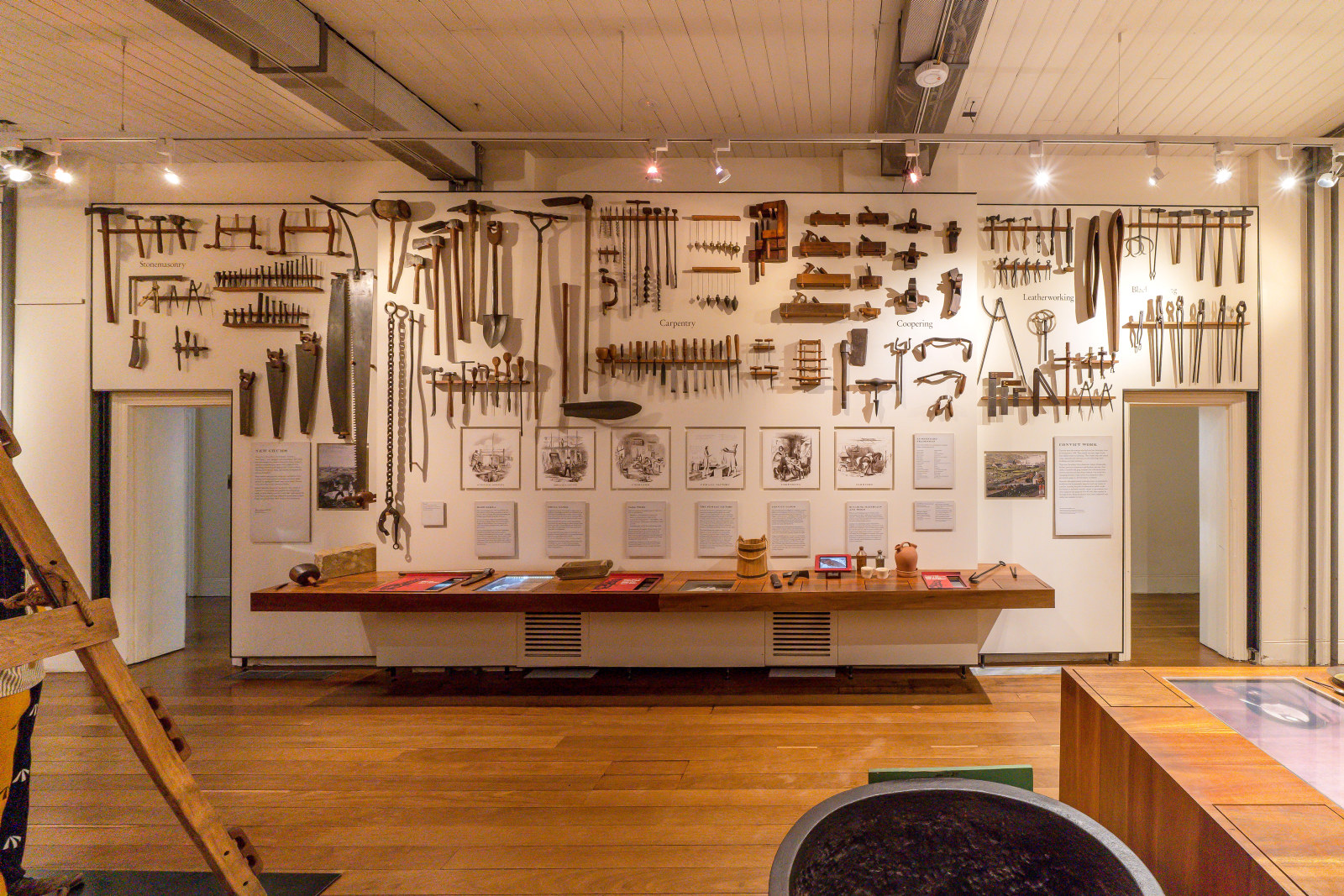
Convict Sydney
Objects
These convict-era objects and archaeological artefacts found at the Hyde Park Barracks and The Mint (Rum Hospital) are among the rarest and most personal artefacts to have survived from Australia’s early convict period
Published on
Love tokens
Browse all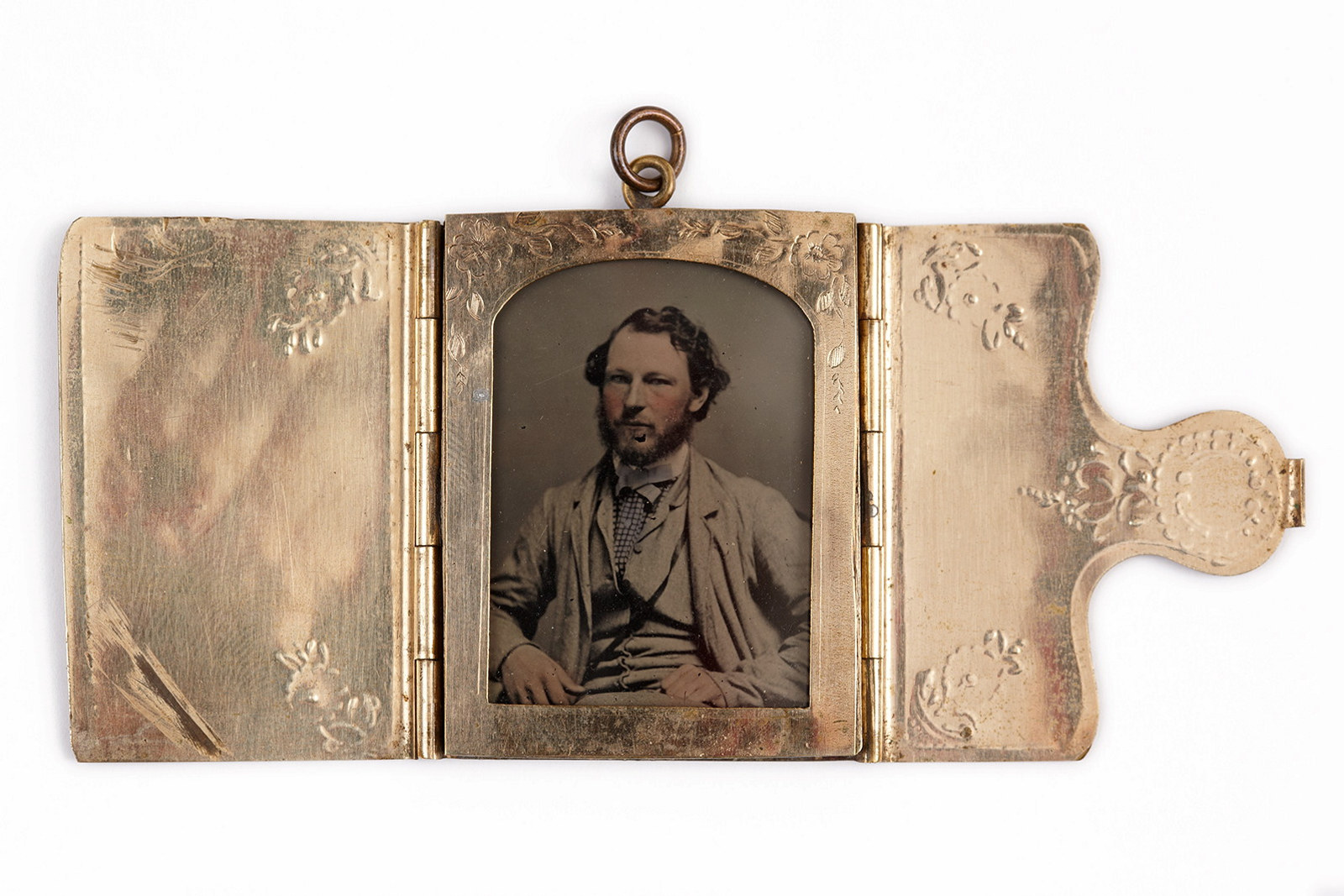
Close to the heart
Expressions of love and endearment have long been embodied in keepsakes or jewellery worn or held close to the body

Joseph Smyth, cast for death
It’s extremely rare to find any personal possessions of the convicts who passed through Hyde Park Barracks between 1819 and 1848, but one small, very special object has recently surfaced
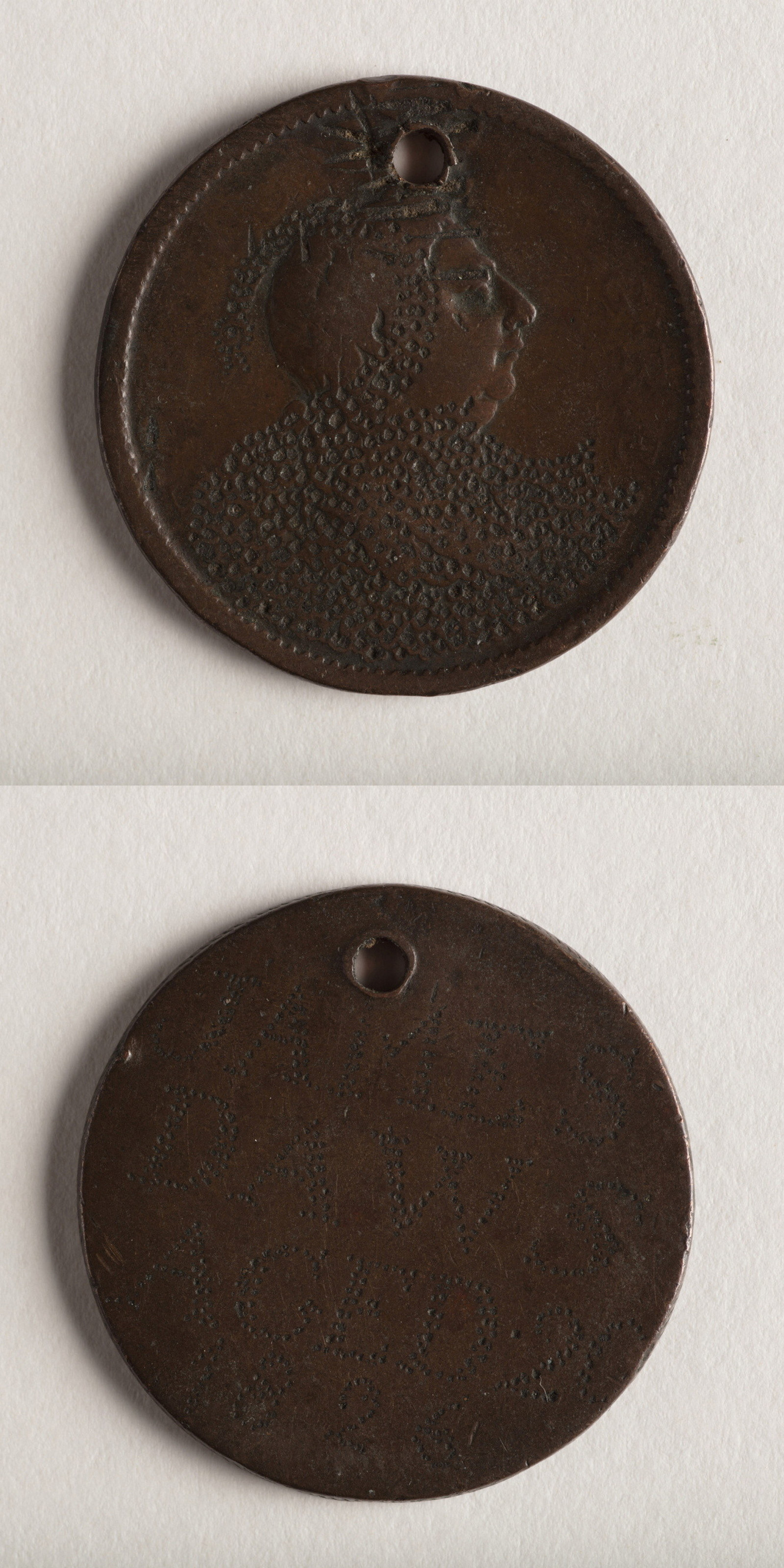
Convict Sydney
Love token, Daws
James Daws was convicted of stealing pennies (coins) in late 1825 or early 1826
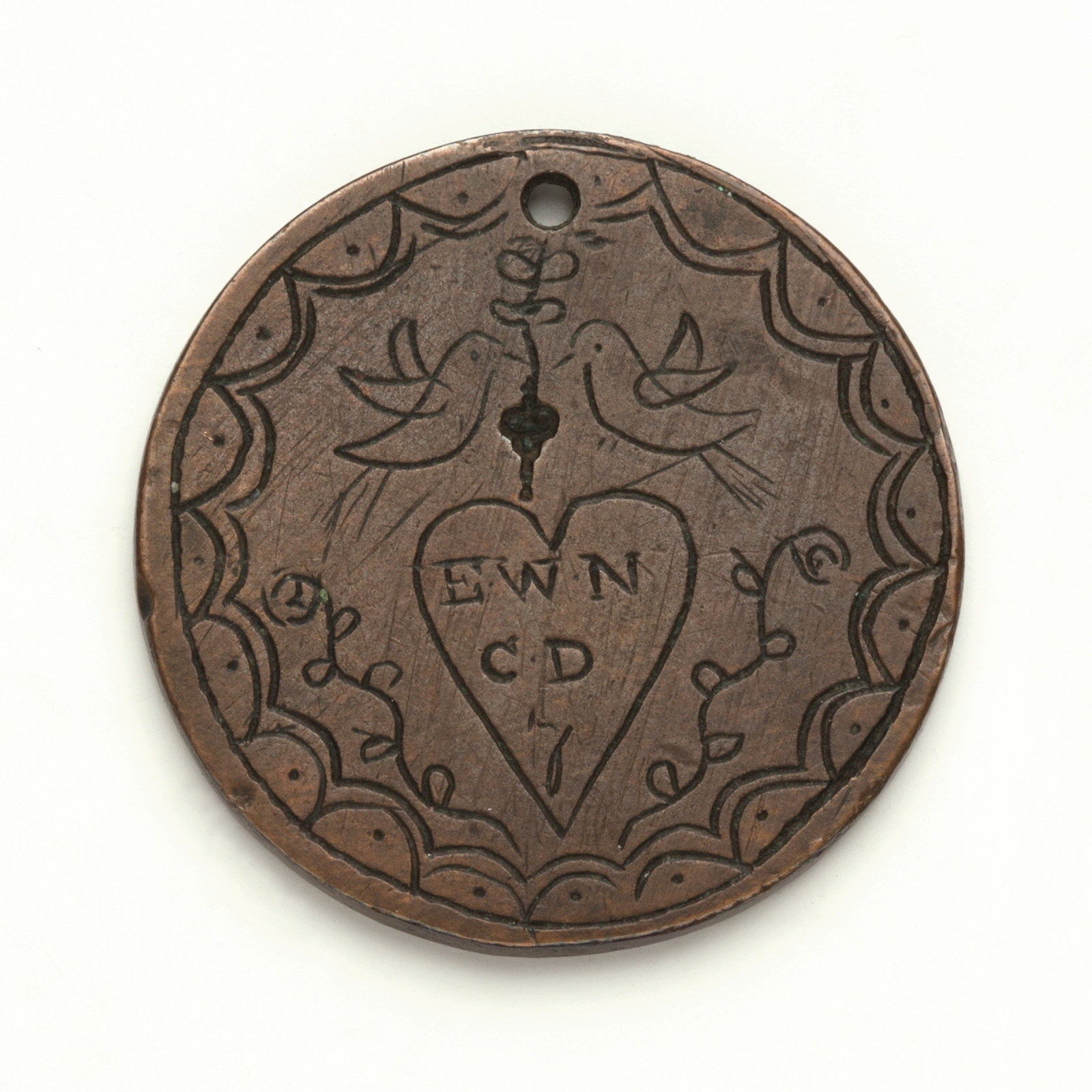
Convict Sydney
Love token, Donovan
This very detailed token was probably made by a nineteen year old called Cornelius Donovan
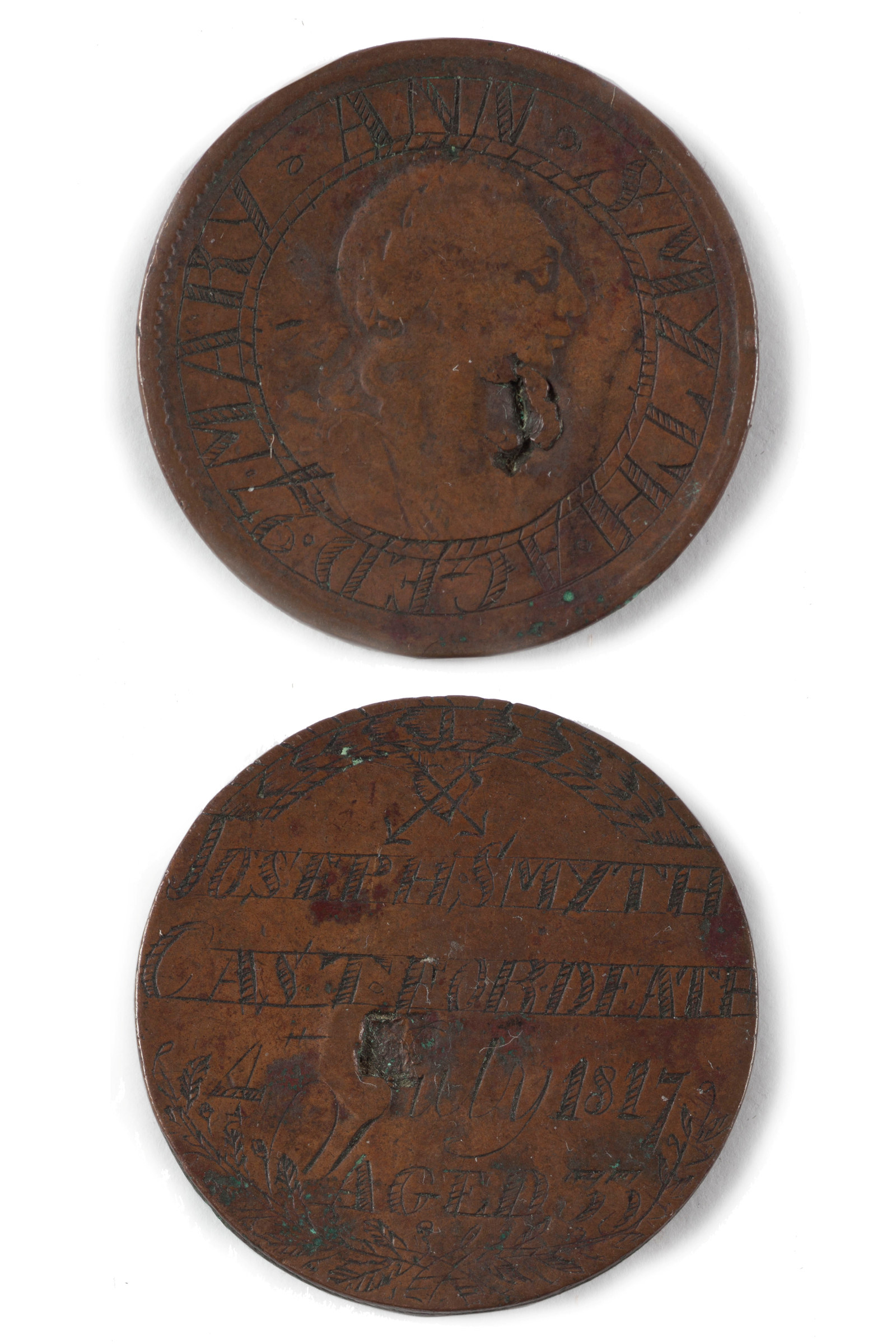
Convict Sydney
Love token, Smith
Joseph Smith arrived in New South Wales in April 1818, while Hyde Park Barracks was under construction
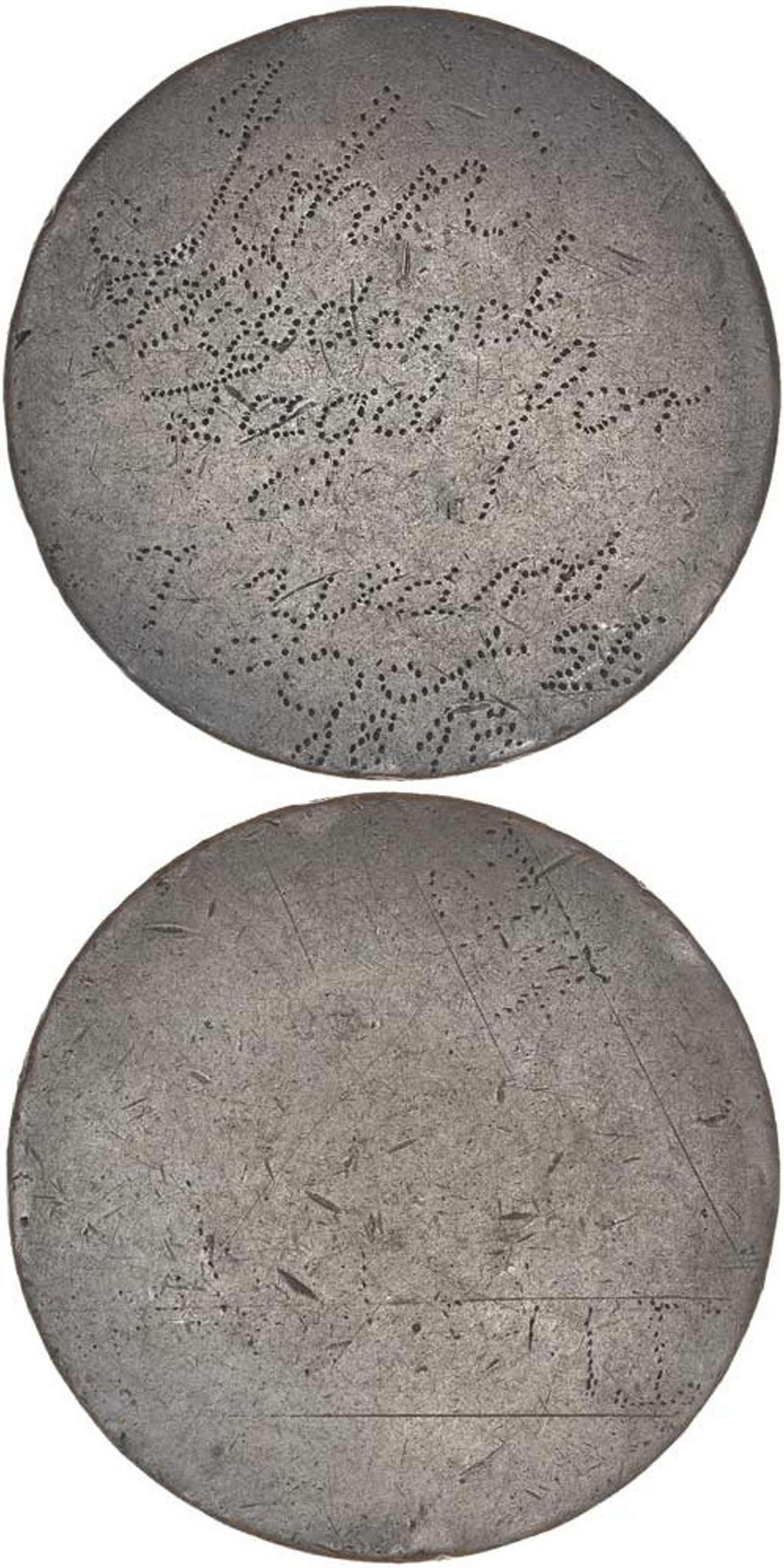
Convict Sydney
Love token, Woodcock
The simple lettering on this love token with his name on it suggests that John Woodcock may have engraved it himself, while he awaited his transportation